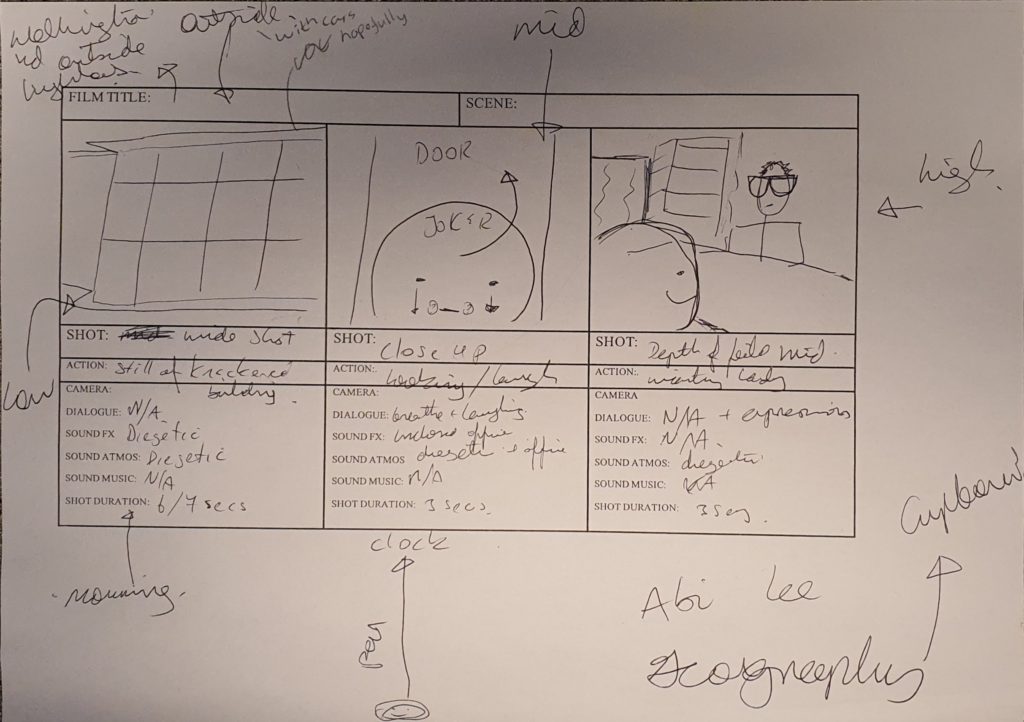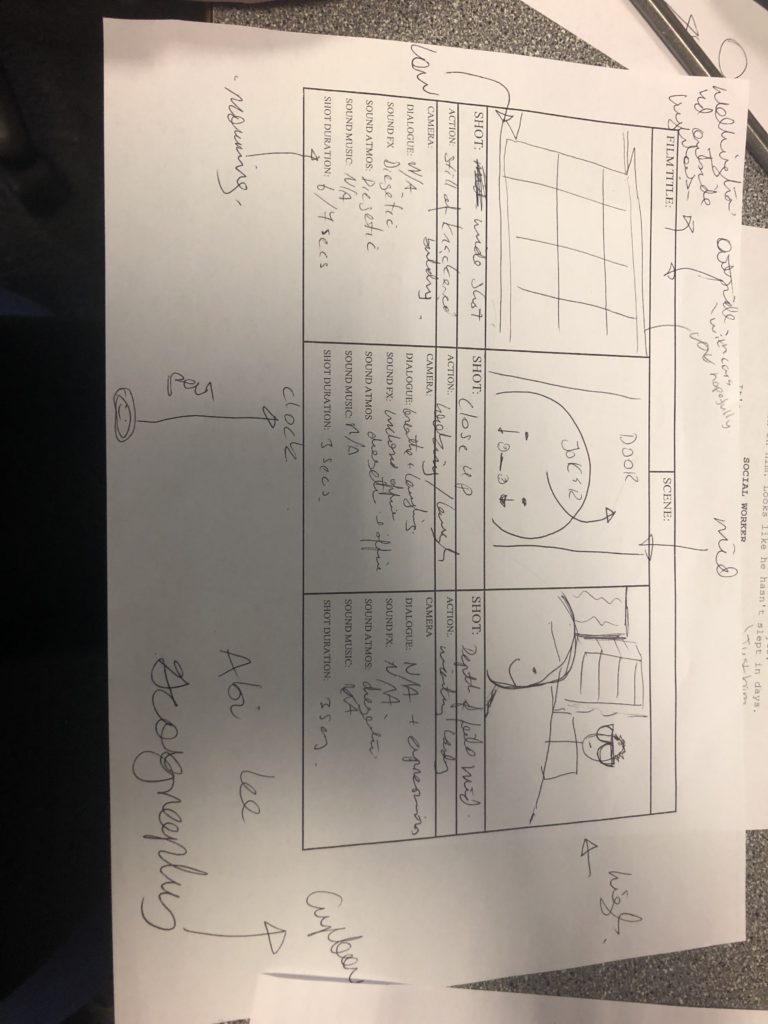Critical score: 9/10
A memorable scene is when Jack is staring at Wendy and Danny outside the window and you can see in his eyes he is going insane.

Critical score: 9/10
A memorable scene is when Jack is staring at Wendy and Danny outside the window and you can see in his eyes he is going insane.

‘Waves‘ 2019 analyse…
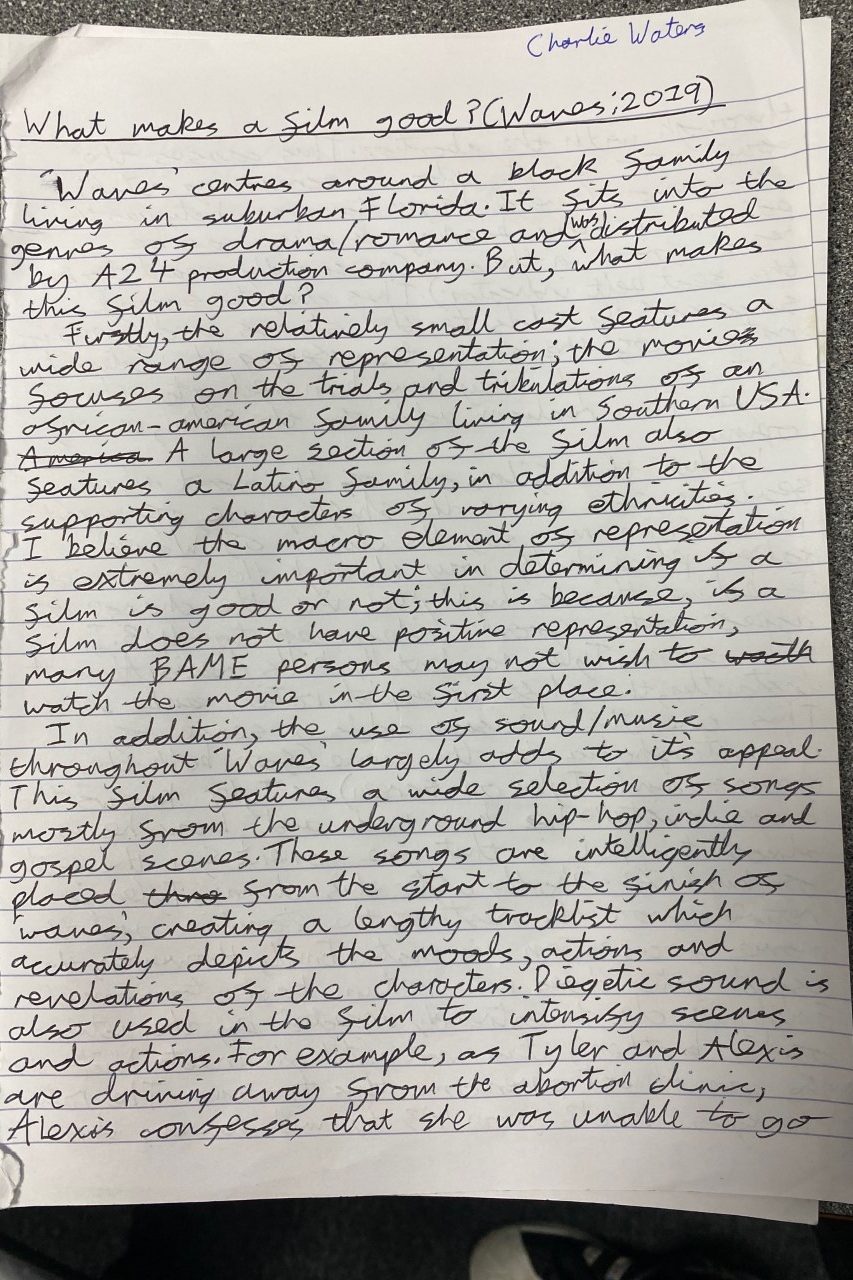

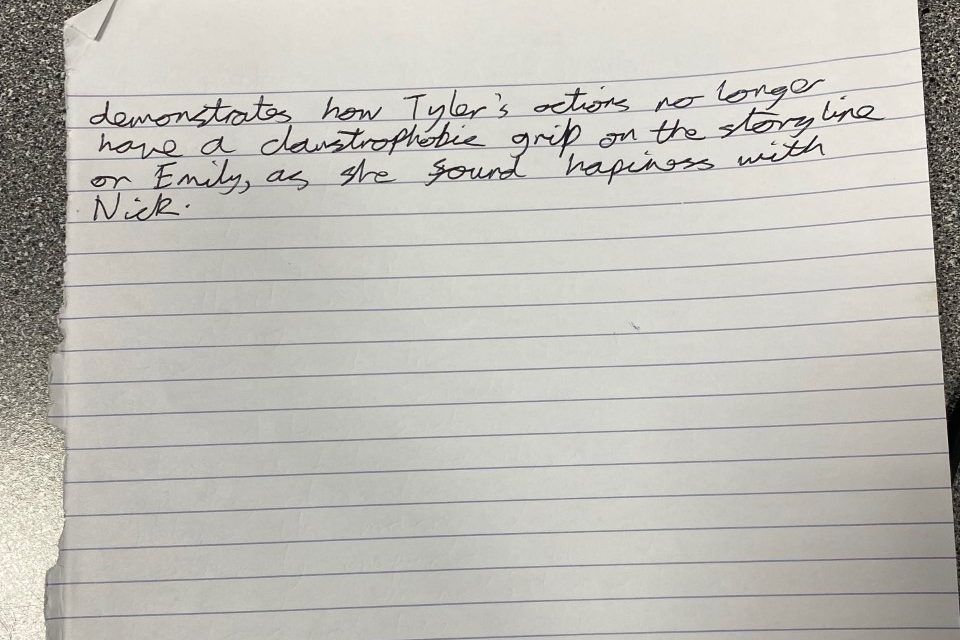

The formula for modern day “box office hits” is very similar, in the sense of genre and expansion of an original story. Here, shown on boxofficemojo.com, the top 10 films in 2019 were for, for the most part, created by Walt Disney Studios, or other giant film corporations such as Sony Pictures Entertainment and Warner Bros. A large majority of these films were based in the genres of action and fantasy, grossing massive profits for their companies. Another feature than is noticeable is that these films already build onto an original film or franchise, including the remakes, or “reboots” of film classics such as “IT”, “Aladdin”, and “The Lion King”.

It’s clear that these conglomerates have a monopoly over the realm of film; and for good reason. They create films that are appropriate for most audiences, children in particular, and films that invoke deep feelings of nostalgia from older audiences’ childhoods, which encourages them to watch their films, even if they are no longer their target audience.
In cinematography, diegesis refers to the world of the film and what’s happening inside it.
Diegetic gaze is described as the way the audience interprets different elements of the film, e.g. how a specific shot enhances or alters the tone of a scene
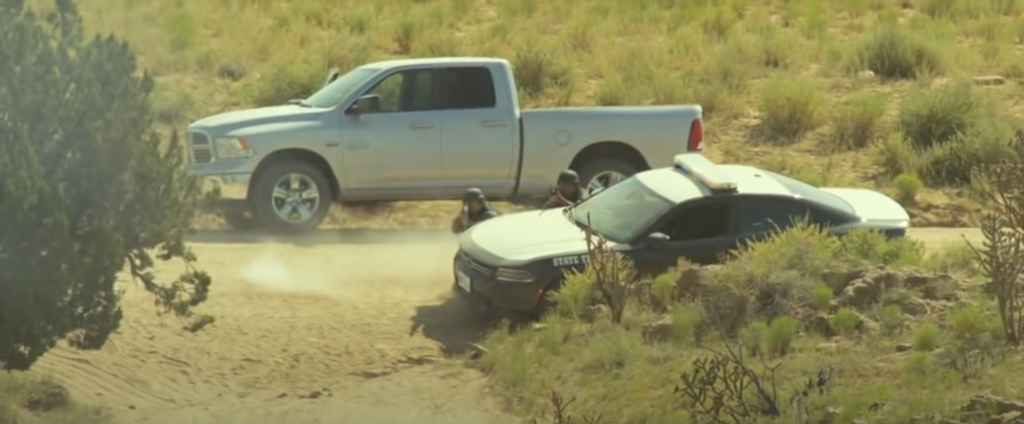
Intra-diegetic gaze is used when the audience is placed within a character’s viewpoint, typically as a first person view, e.g. during scenes where a sniper rifle is in use – the camera typically follows the perspective of the scope.

Extra-diegetic gaze, often known as “4th wall breaking”, is used when a character addresses the audience by either looking into the camera, or talking to them through monologue, e.g. films such as Deadpool use this to stand out from other films in their genre, emphasising comedic elements of the film.

Cinematography is the art form behind motion pictures. It involves the use of camera angles and various elements of mise-en-scene, such as setting, camera movement, and lighting.
A highly recognised art in film, cinemaphotography has a wide range of talented directors who’ve put their own spin on their practice, such as unique camera angles or intense camerawork, some of which is covered in the documentary “Visions of Light: The Art of Cinematography”.
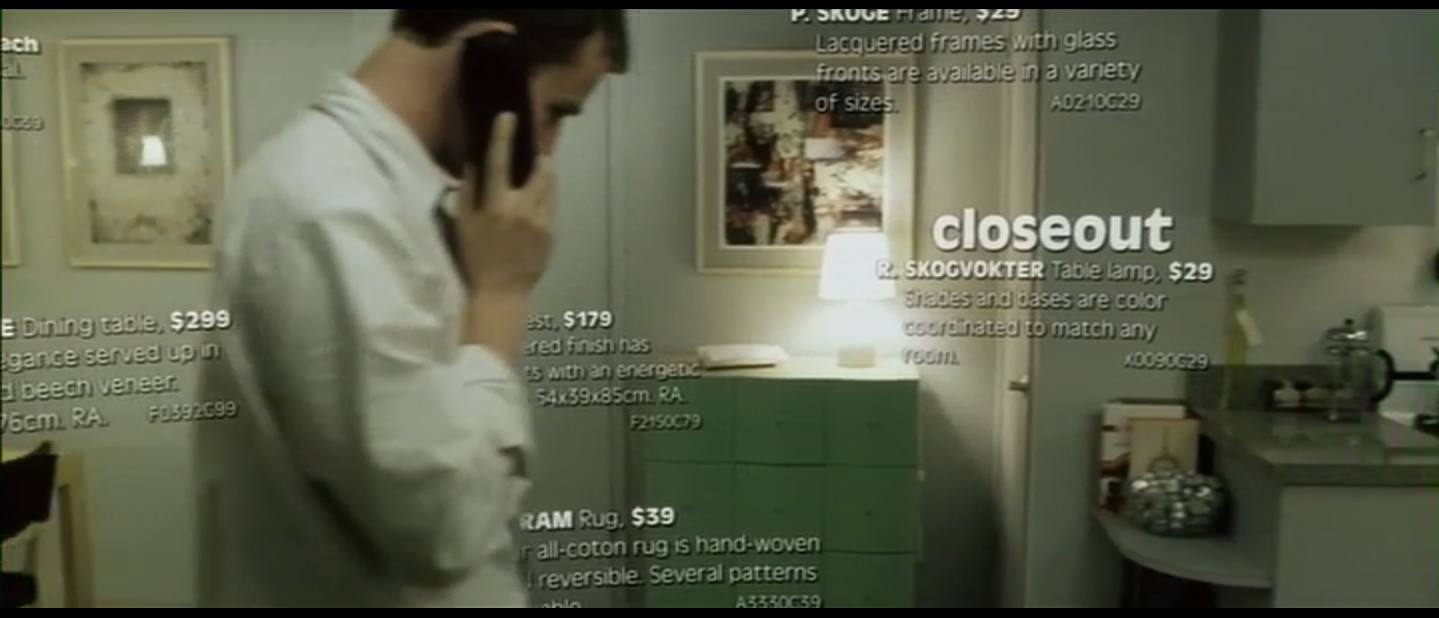
The camera pans to a wide angle, and moves across following the protagonist across the his room. We see the lighting is harsh and natural from lamps and ceiling lights around the room: this is an example of verisimilitude. Furniture pops up as the camera moves in the room as the narrator speaks as if he was speaking in conversation. Interestingly, as the camera pans across catalogue-style text detailing each piece of furniture that appears. Though seemingly unnatural, the style of a catalogue and anchorage of the furniture makes it seem natural much like a furniture show. The Narrator is wearing a tie and shirt, unbuttoned and rugged- he looks and speaks about being tired, his clothing reflects this. As each item pops up, the price tag follows and counts up as the scene continues.
Extra-Diegetic gaze

In the TV programme ‘Fleabag’, we follow a mid-20s character called Fleabag as she experiences and reacts to the life around her.
Extra-Diegetic shots are used in this programme to immerse the audience with the character fleabag. She often turns around to talk to us and comments wittily on her situation and irony. This has the effect of us empathising too, and even seeing ourselves in Fleabag’s position.
The shot is focused in on Fleabag, but leaves the Priest in the background- showing their relationship and how she talks to us about her issues as they happen.
Intra-Diegetic Gaze

Here is an example of an intra-diegetic gaze in Pulp Fiction, where the audience is put in the perspective of a ‘body in the boot’. This frames the protagonists above the viewer’s perspective and makes them powerful in contrast.
Intra-Diegetic Gazes are used to put viewers in a viewpoint of a character in film.
Diegetic Perspective

This is an example of Diegetic Perspective in Fear and Loathing in Las Vegas. Here we are kept in focus on Hunter S. Thompson, as he focuses on something else- a forced perspective.
Diegetic Perspective forces a point of view for audiences in a film.
2. Examples of Shot Distances
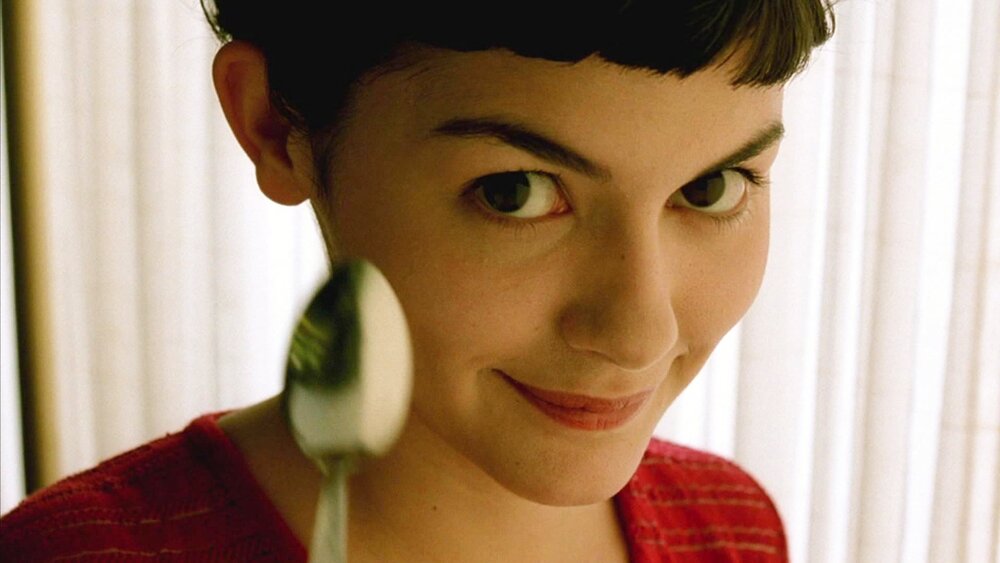

3. Camera Angle Examples
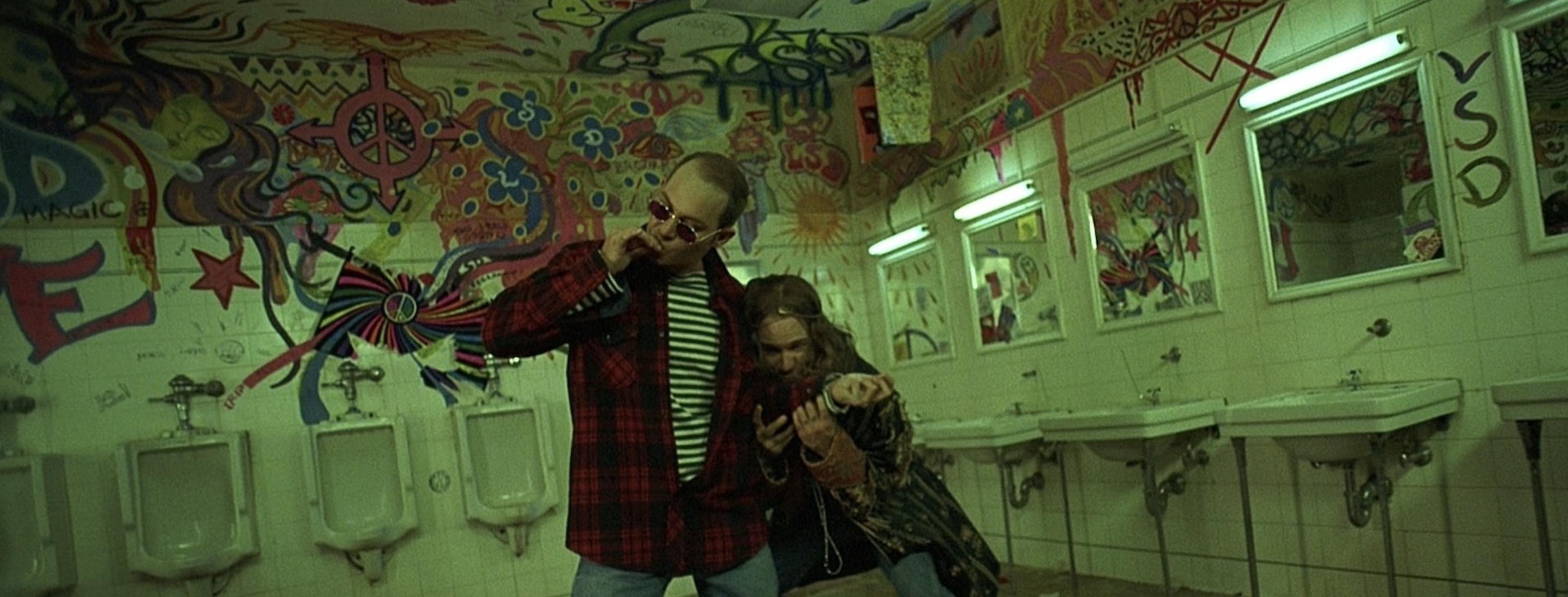


4. Camera Movements


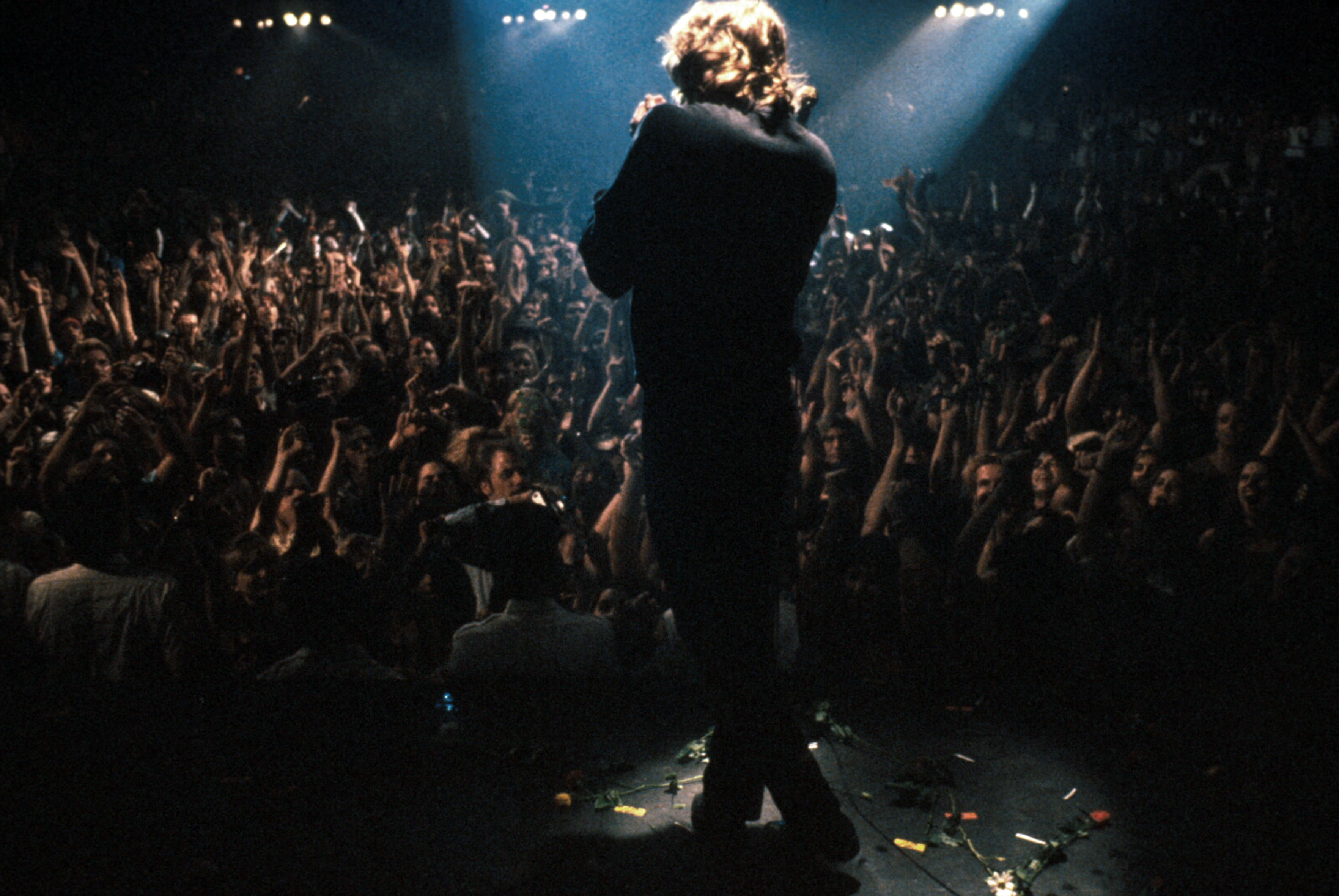
5. Depth of Field
The Depth of field determines what is, and isn’t in shot.
A shallow focus means there are typically less subjects in focus, and only a little movement from a subject is required to be out of focus.
On the other hand a deeper focus means there are typically more subjects in focus, and much more movement is required to be out of focus.

In The Wolf of Wall Street, cinematographer Rodrigo Prieto uses depth of field in this shot to emphasise Jordan Belfort’s success and individuality in contrast to his employees who are out of frame.
